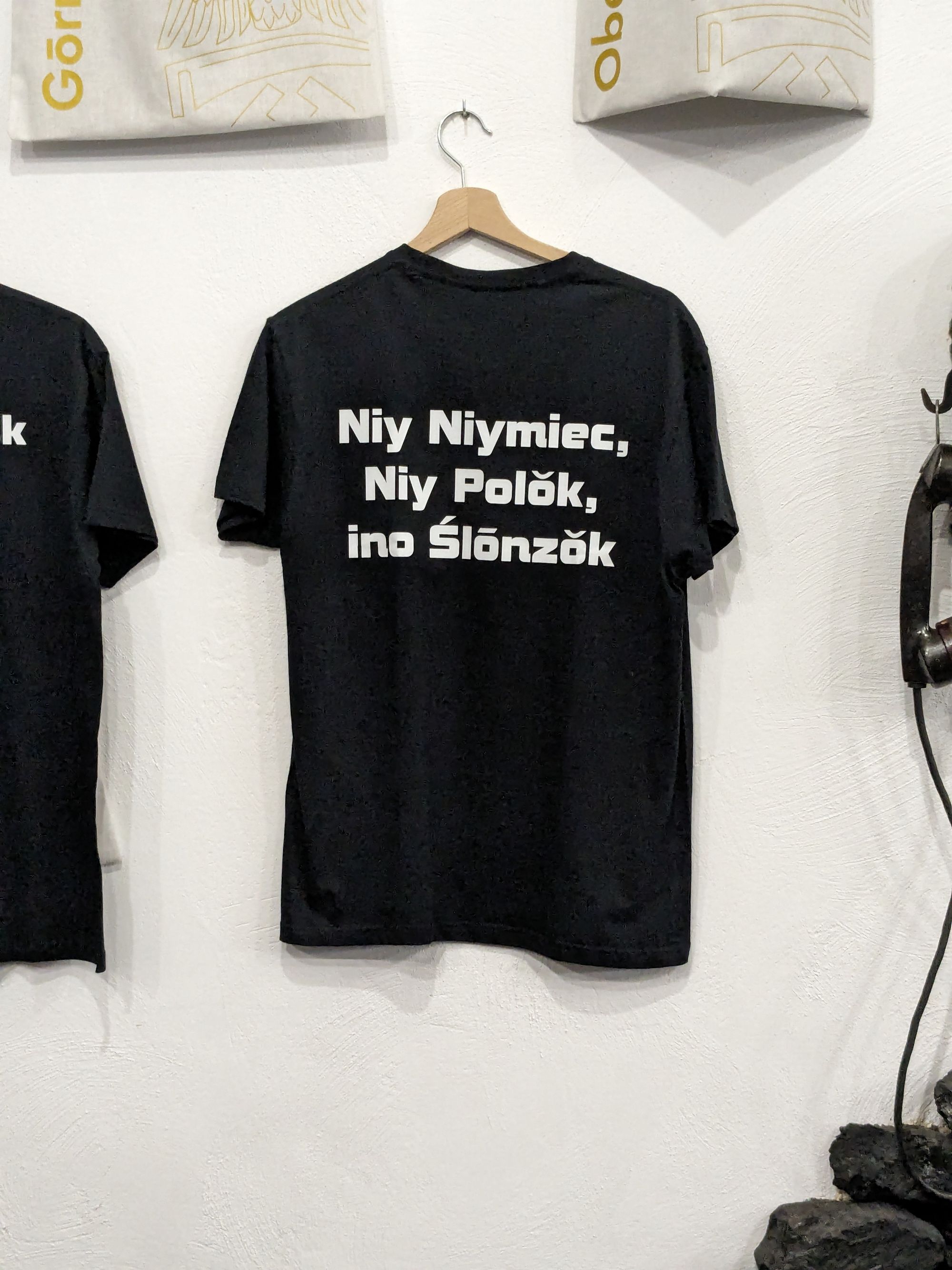We have recently visited Katowice, a city in Polish Silesia region where we have good friends (which is how we learned about it in the first place). It was my second visit, and realising I didn't feel bored despite that fact, I decided to put together a post about why you should go there even if you don't have anyone to show you around.
Unlike Krakow that isn't too far away, Katowice is a less known destination for an average Brit as it is mainly famous for its industrial base (doesn't sound very touristy) and e-sports tournaments (still a bit niche), so you can be pleasantly surprised.
How to get there and around?
Its airport is well connected to other European destinations, so a direct Ryanair flight from London is cheap and is only 2 hours long.
Once there, you can still use Uber with your existing UK account, or take advantage of the city's very good public transport network (the tram system is one of the largest in the world and spans across a few different nearby towns and cities).
As a tourist, an easy way to pay for public transport is with the app called Jakdojade. You'll need to top up your balance first, and then use it to buy time limited tickets that should not expire before your journey ends (you'll see a countdown reminder timer). Buy a ticket when you step into a bus or a tram (including the buses serving the airport), and scan a QR code sticker you'll see inside when prompted to activate it.
If your ticket still expires before you arrive, just buy another one in the same manner. It sounds like a hassle but is easier in reality and works in the same way on all forms of public transport.
Why go there?
For a city of that (modest) size, there is a very diverse mix of different and distinct architectural styles. To give you an idea, we also went to Krakow (a much larger and more prominent city less than an hour away) for a day, and it looked dull in comparison as its central part is more or less all built in the same style. I couldn't help thinking that I've seen that before (for example, in Prague). Katowice is not like it, and because of its smaller size you can see the city changing as you walk through it.
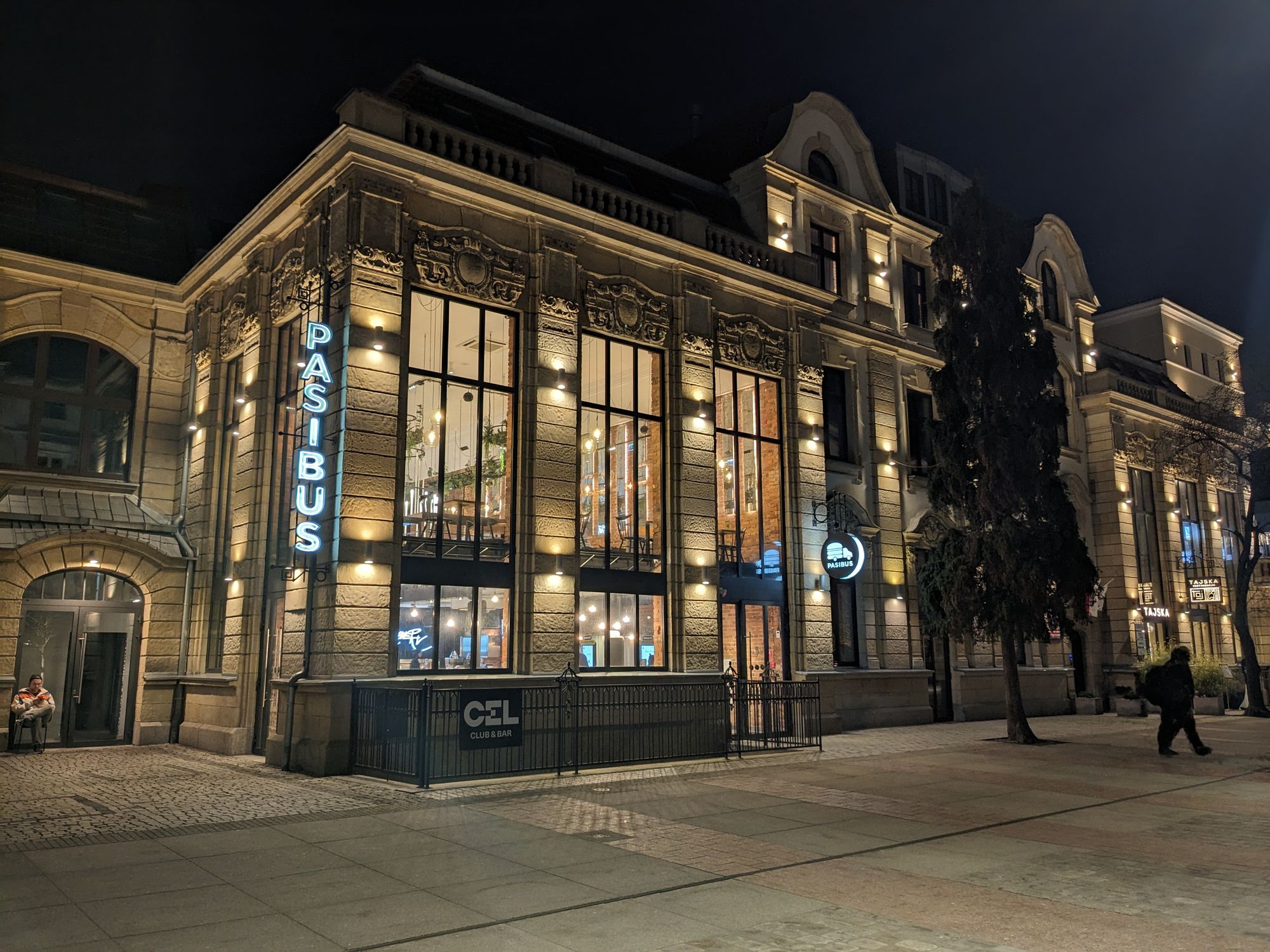
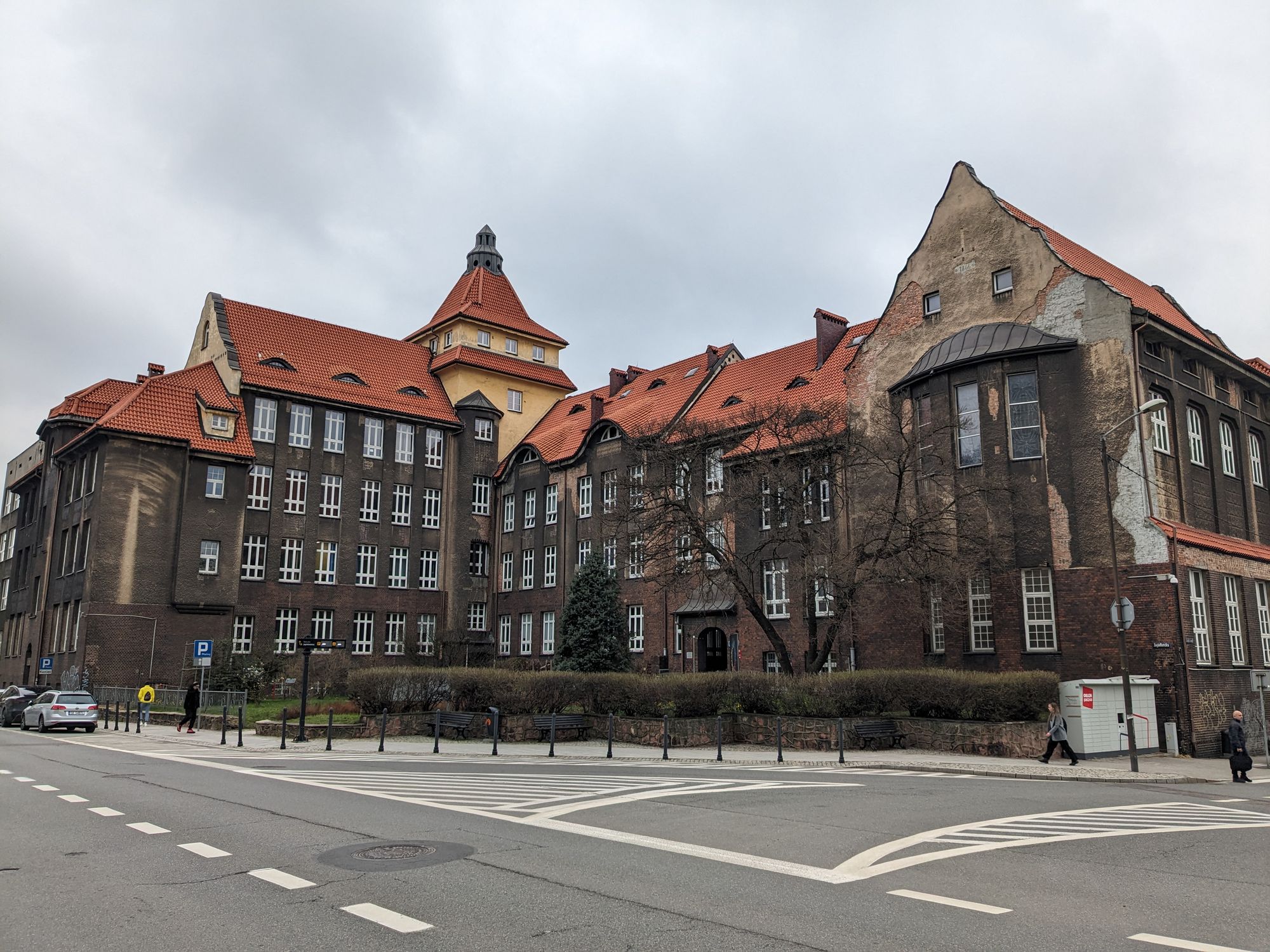
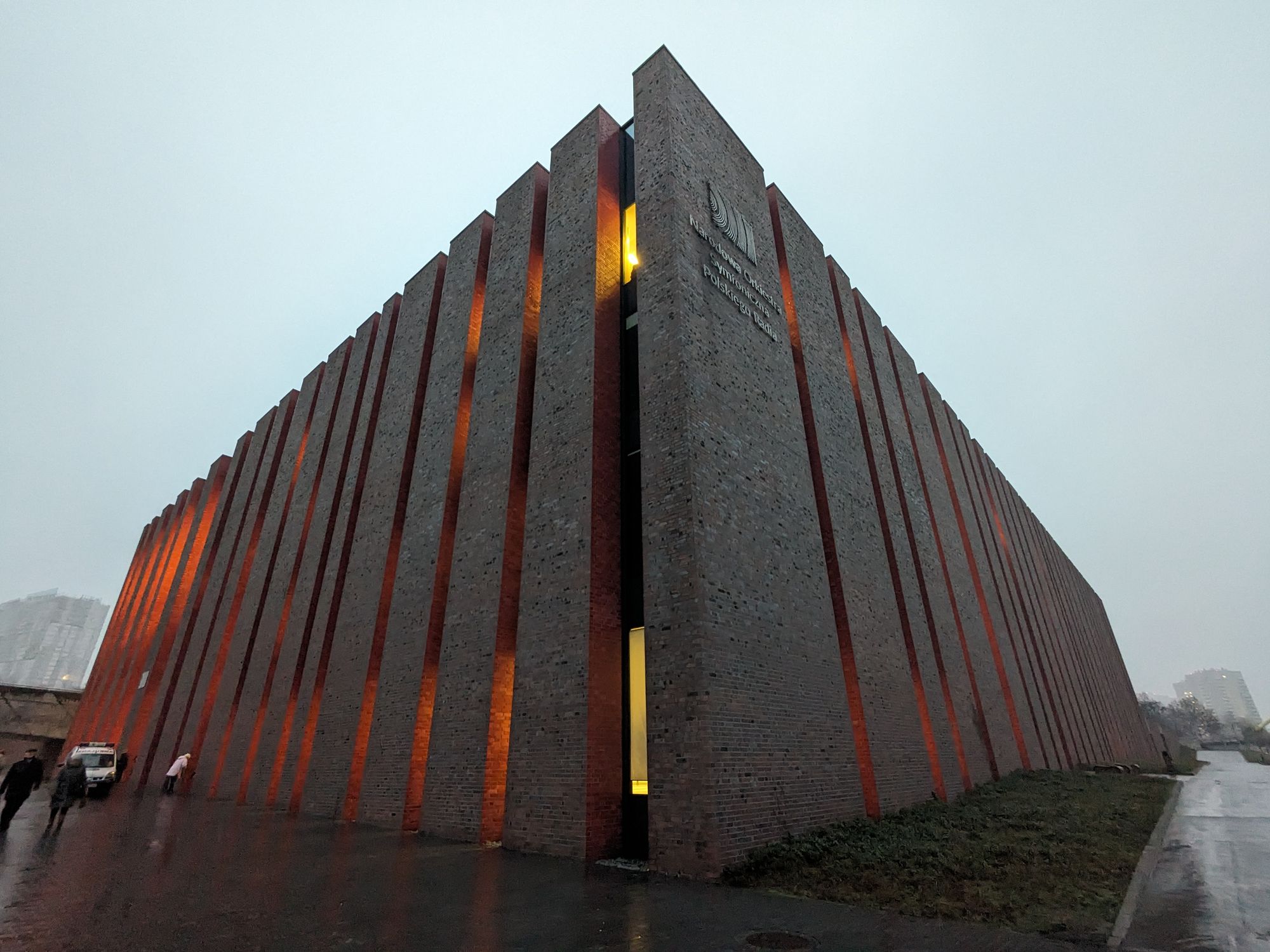
When it comes to modernist architecture in particular, a lot of these buildings were build in 1920s and 1930s as Poland was trying to make Silesia its poster region after securing control over it after WWI. They retains the 'modern' look even today, but consider that when they were built, people still used to wear funny hats and horse drawn carts still weren't uncommon on the streets. Imagine how revolutionary and bold did it look back then.
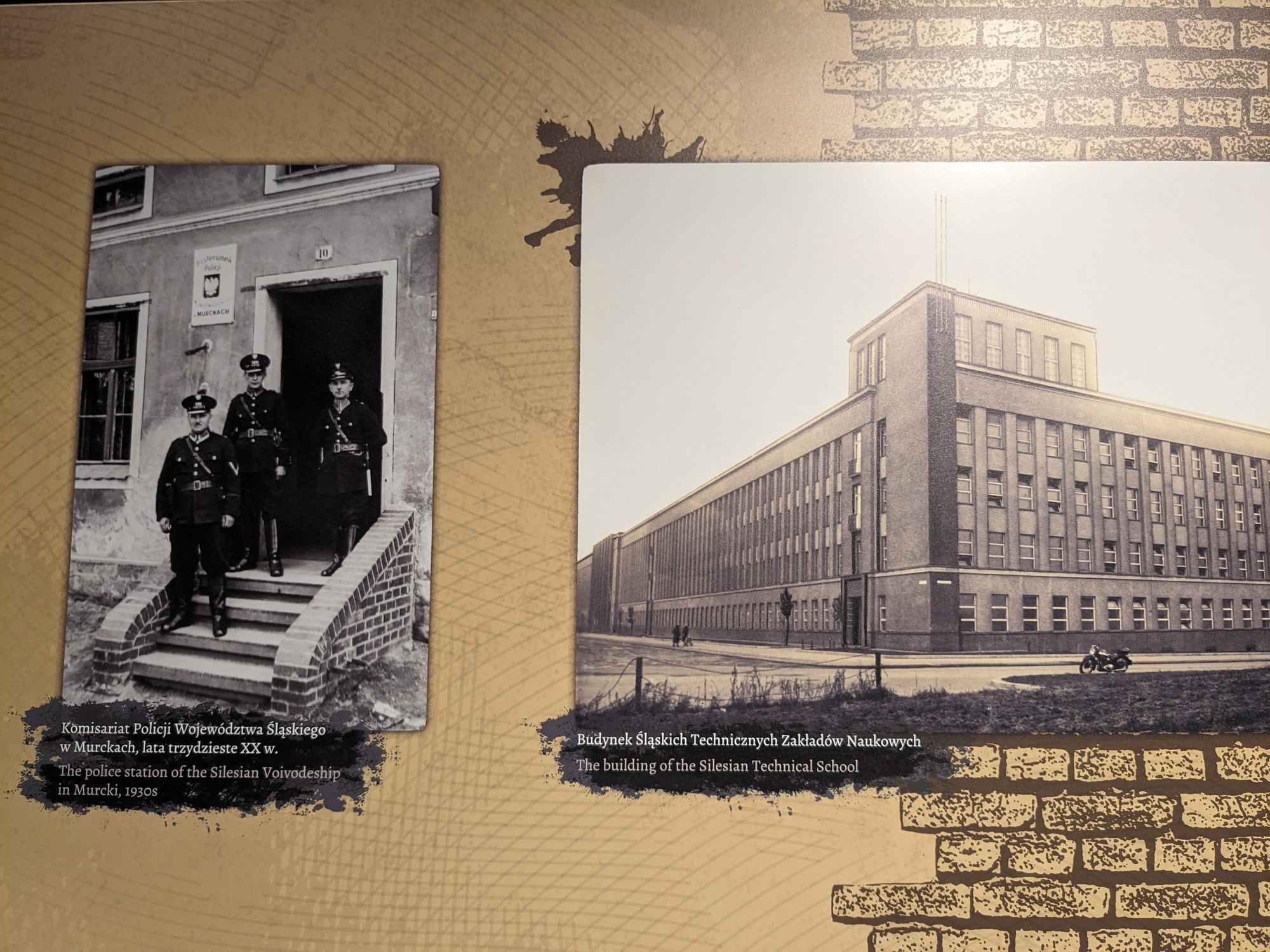
There is a walking route through 17 modernist buildings (Szlak Moderny) which I strongly recommend. It is well spaced (except for the very last leg, so it's best to start from the last point #17 and continuing to #1, #2 and so on) and includes a good variety of building sizes, from the large administrative ones to small private houses.
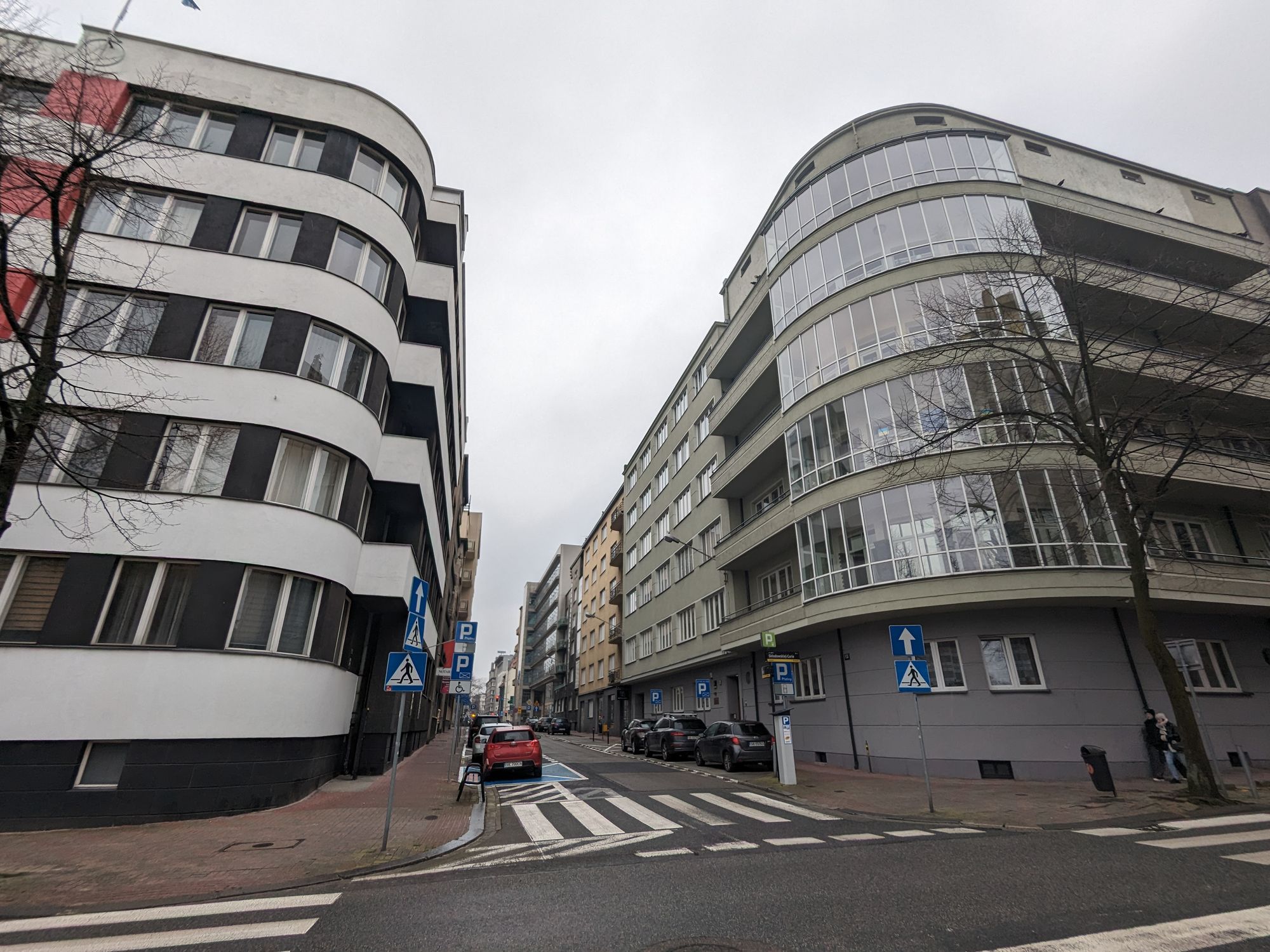
And of course there is no shortage of more common Central European architecture:
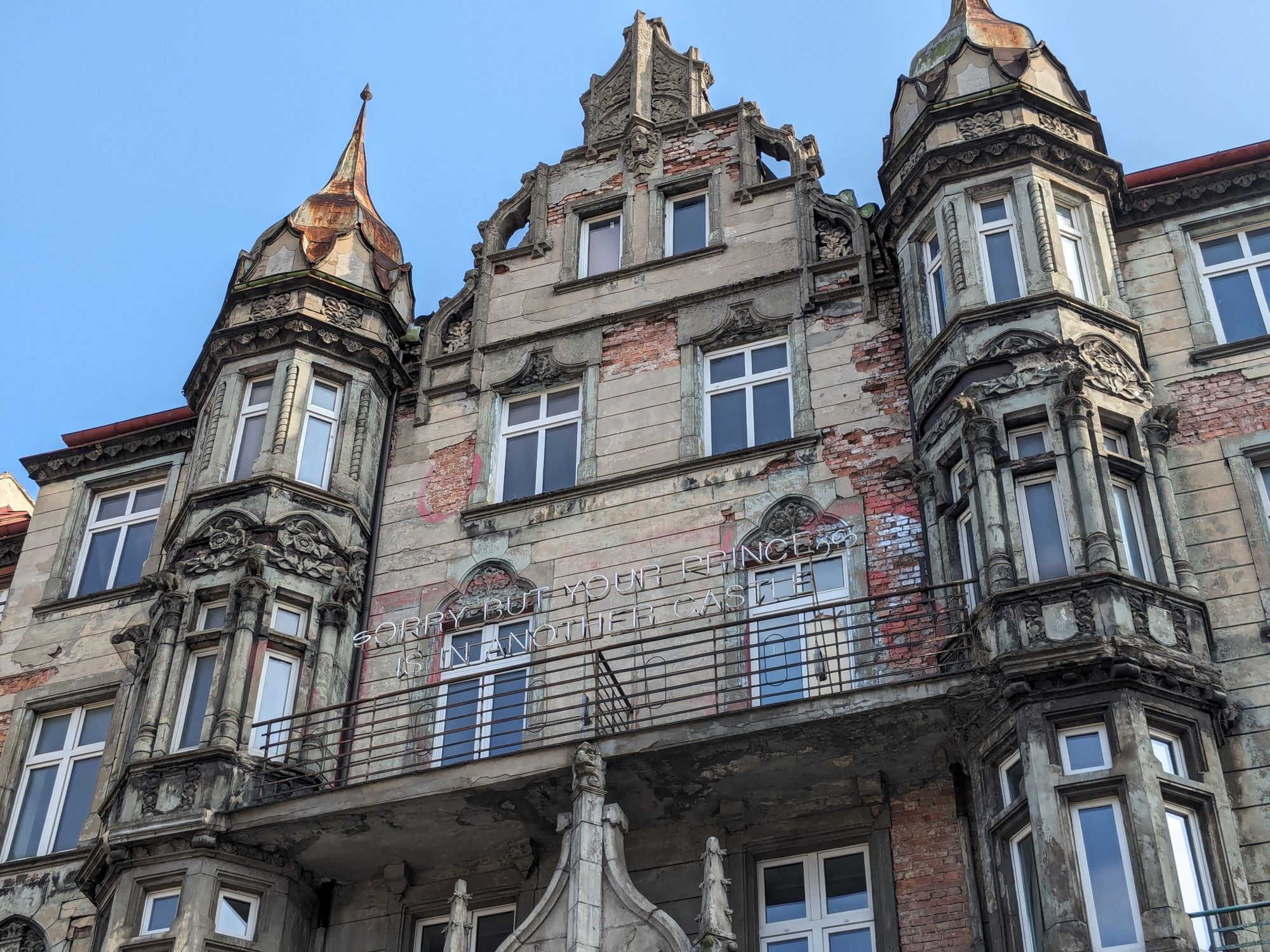
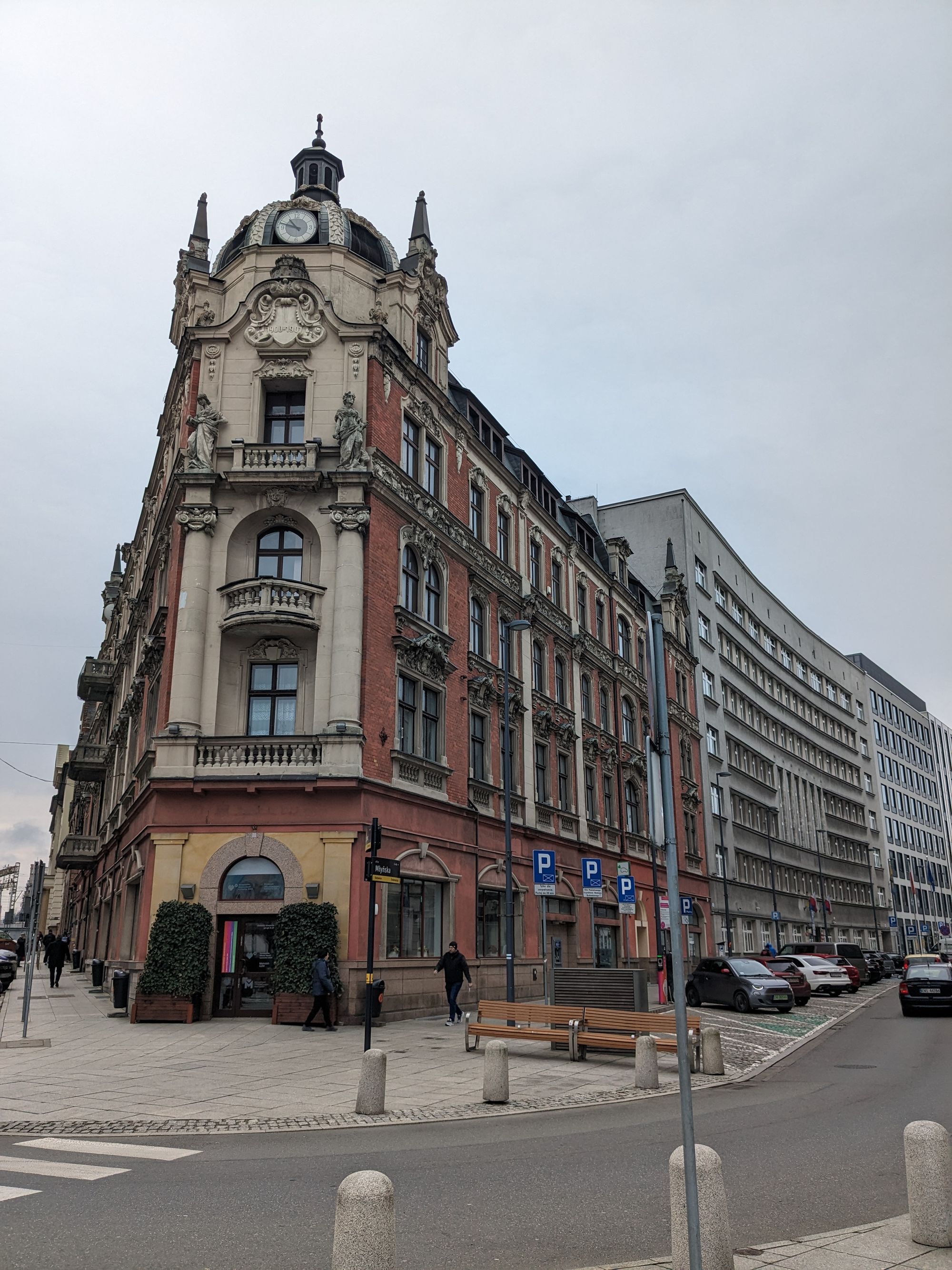
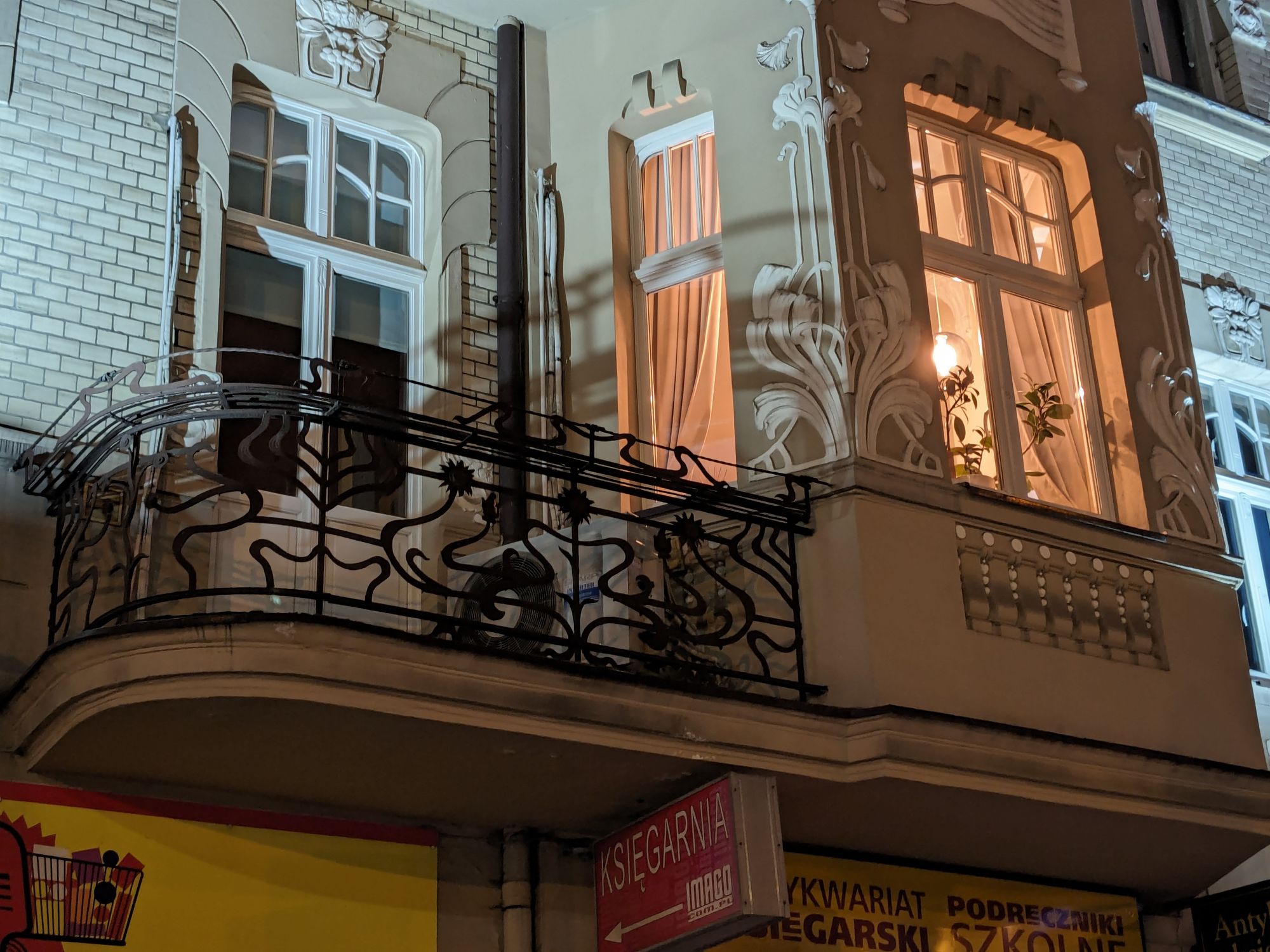
It is also very noticeable that this isn't limited to just the legacy of the past, as it often feels in Britain, and especially in the North of England that has the same mining and industrial past. Infrastructure, housing and commercial properties are still actively being built, and in general look good and blend in well. Take this scene, for instance, where what you see to the right is what you can easily find in, say, London's Hackney (or any other similar area in Manchester or Leeds). The difference is that to the left there is a new fully automated multi-level parking:
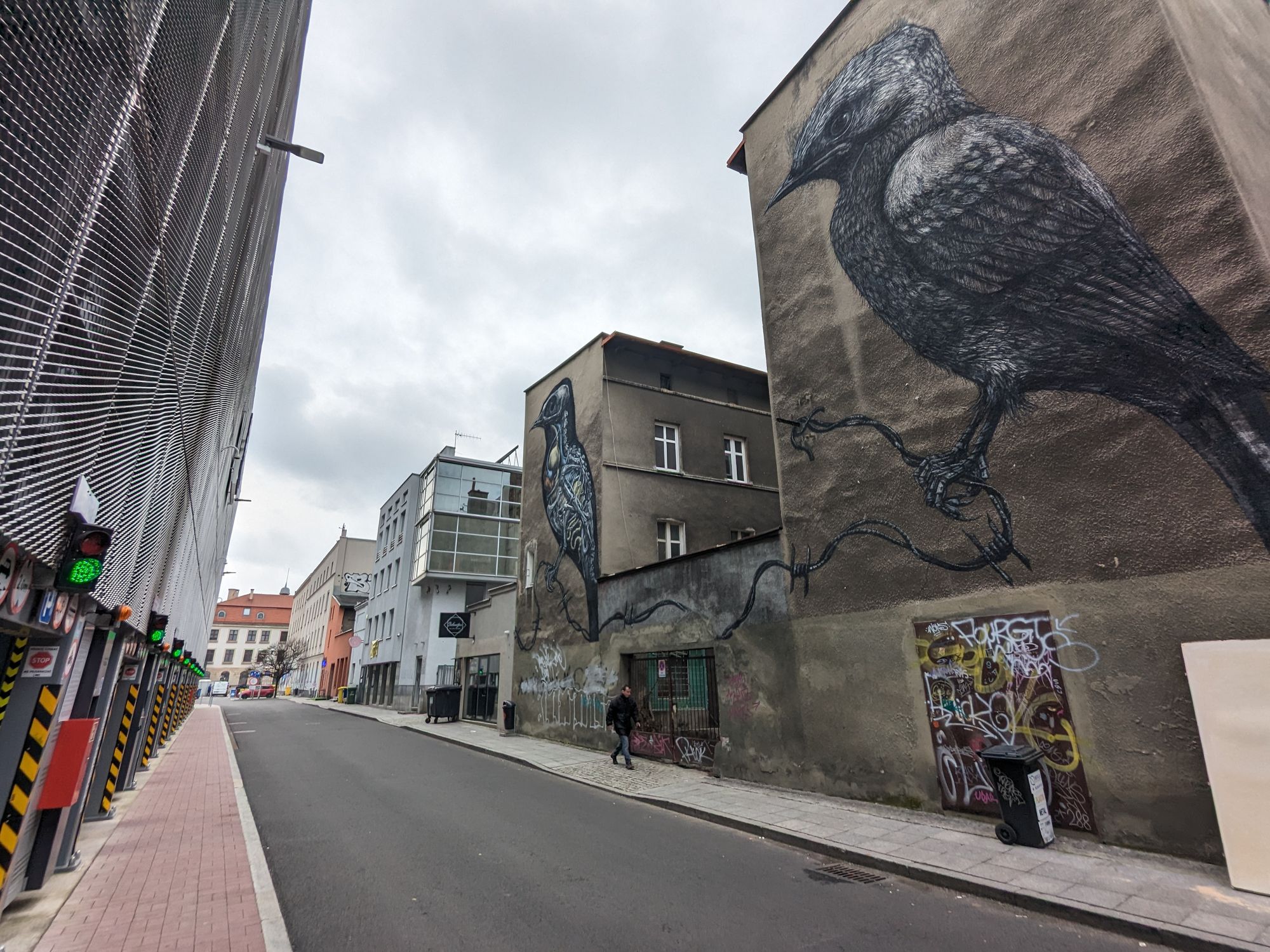
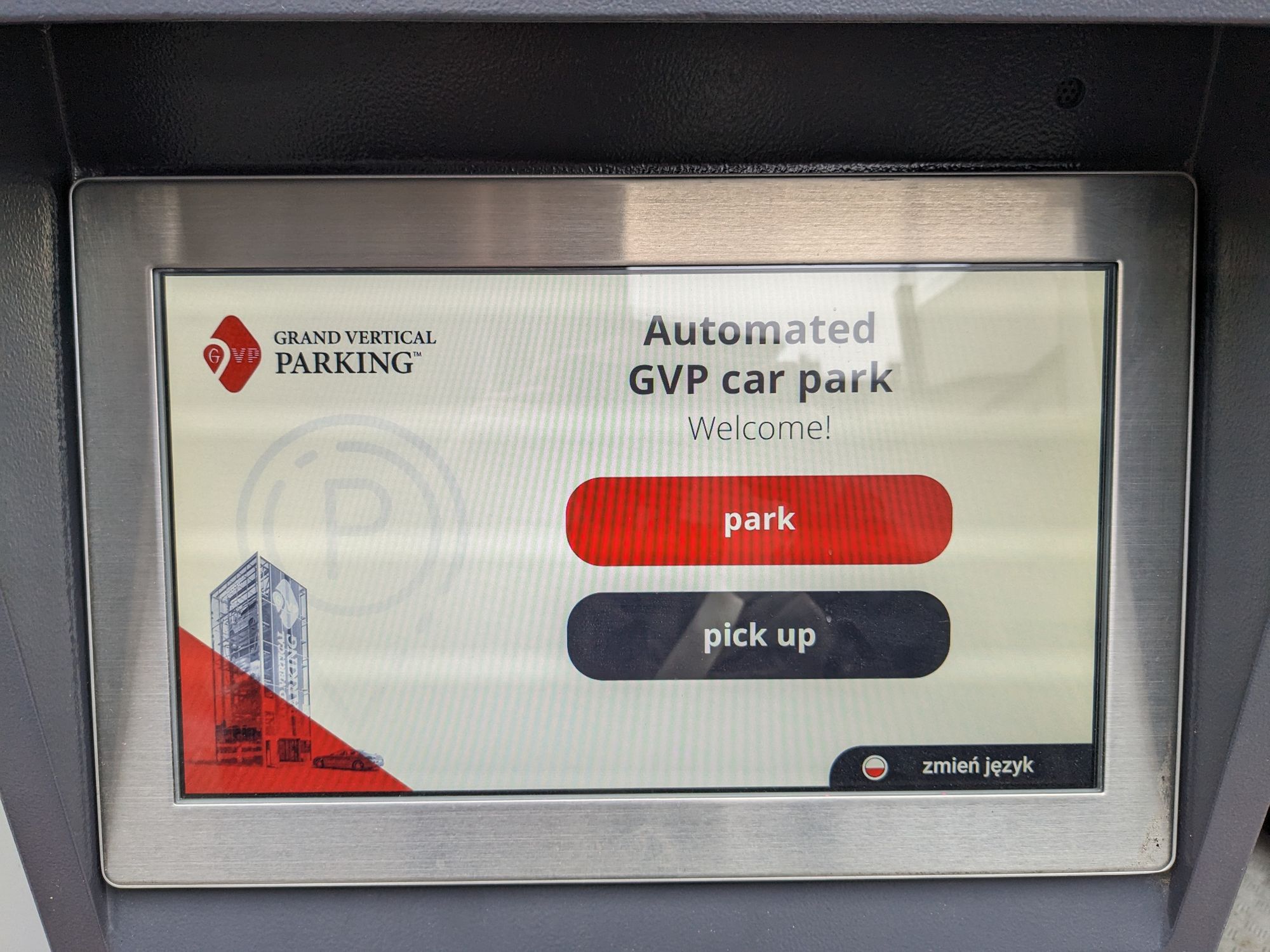
Or take this - a bin bay for your block of flats can have this unexpected Art Nouveau styling. What's stopping you?
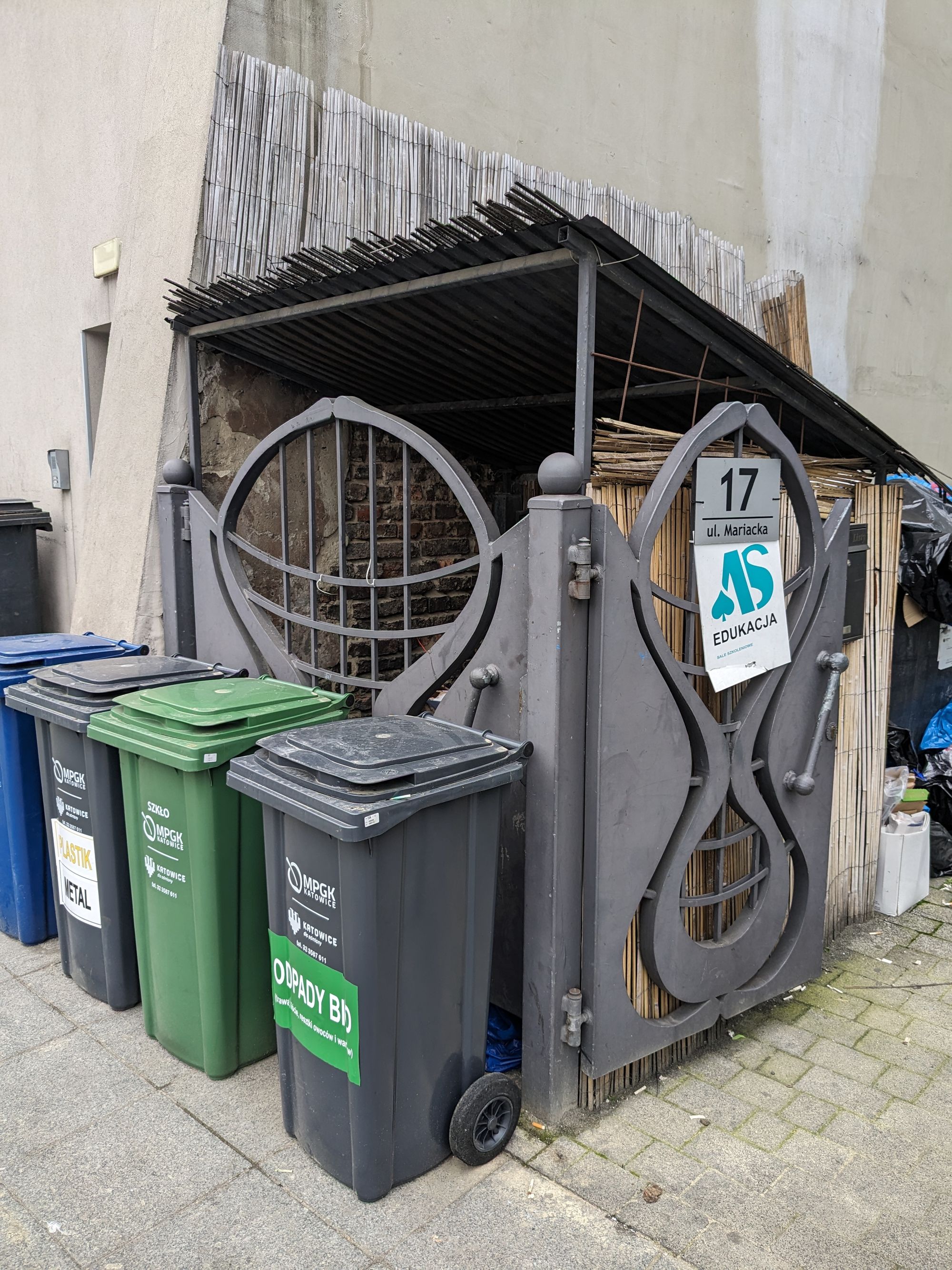
And this could be your new concert venue (in addition to a few of them your city had already). Wouldn't it be nice? Turns out nice things can be built, created from scratch and not just inherited.
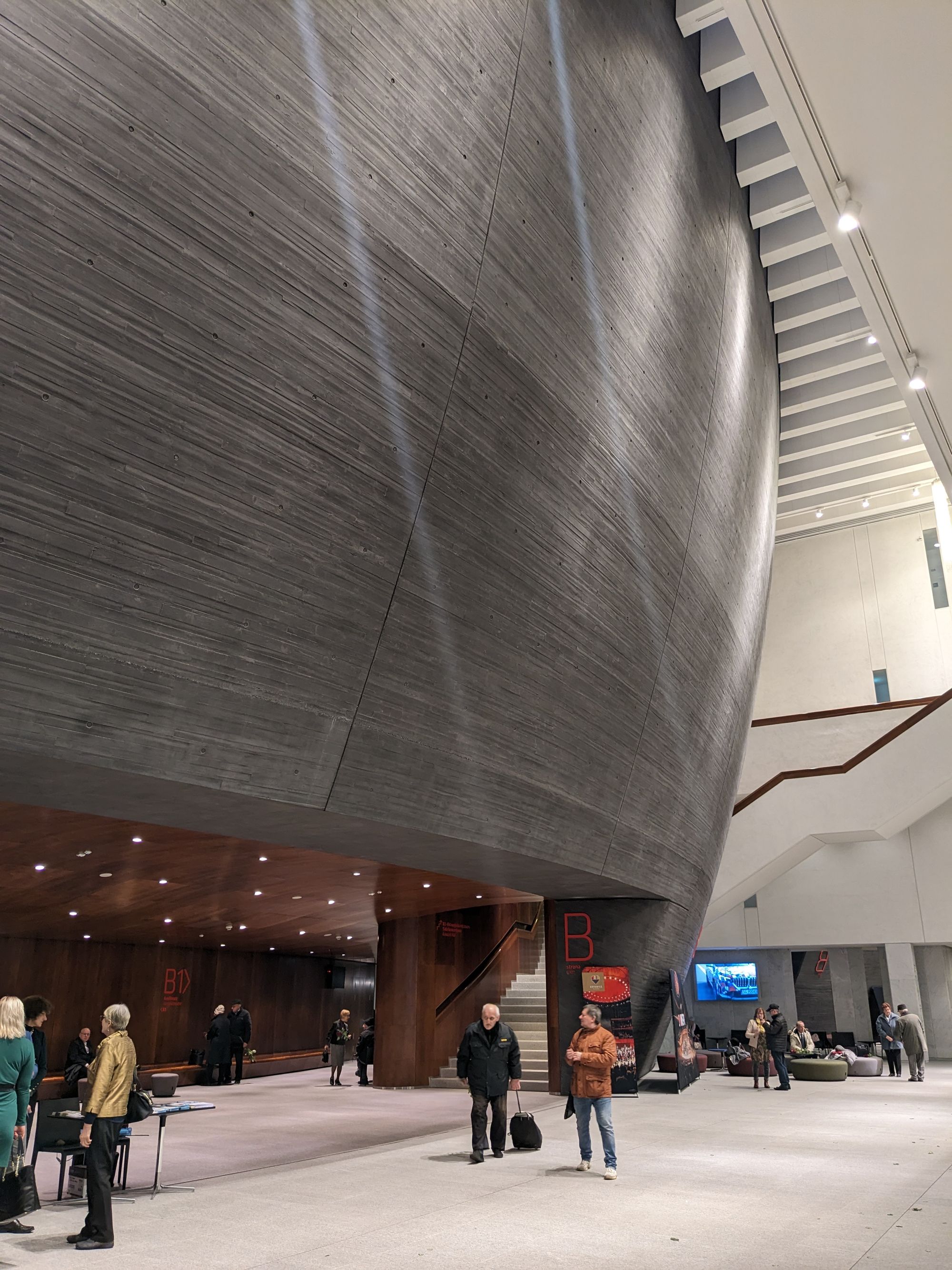
Katowice is of course the capital of its voivodeship, but it is still a former industrial and mining town (some mines still work!) of less than 300K people that handled the transition to post-industrialism extremely well. It is worth coming here simply to experience this 'vibe', to see that such transformation is not a death sentence for the region (what most politicians across the Western world consider to be a safe view to hold and express), and is in fact something that can bring measurable improvements to its residents.
Any concrete suggestions?
Nikiszowiec
A former coal miners' residential district, built in the same distinct style (brown brick, red window frames) that is further away from the city centre.
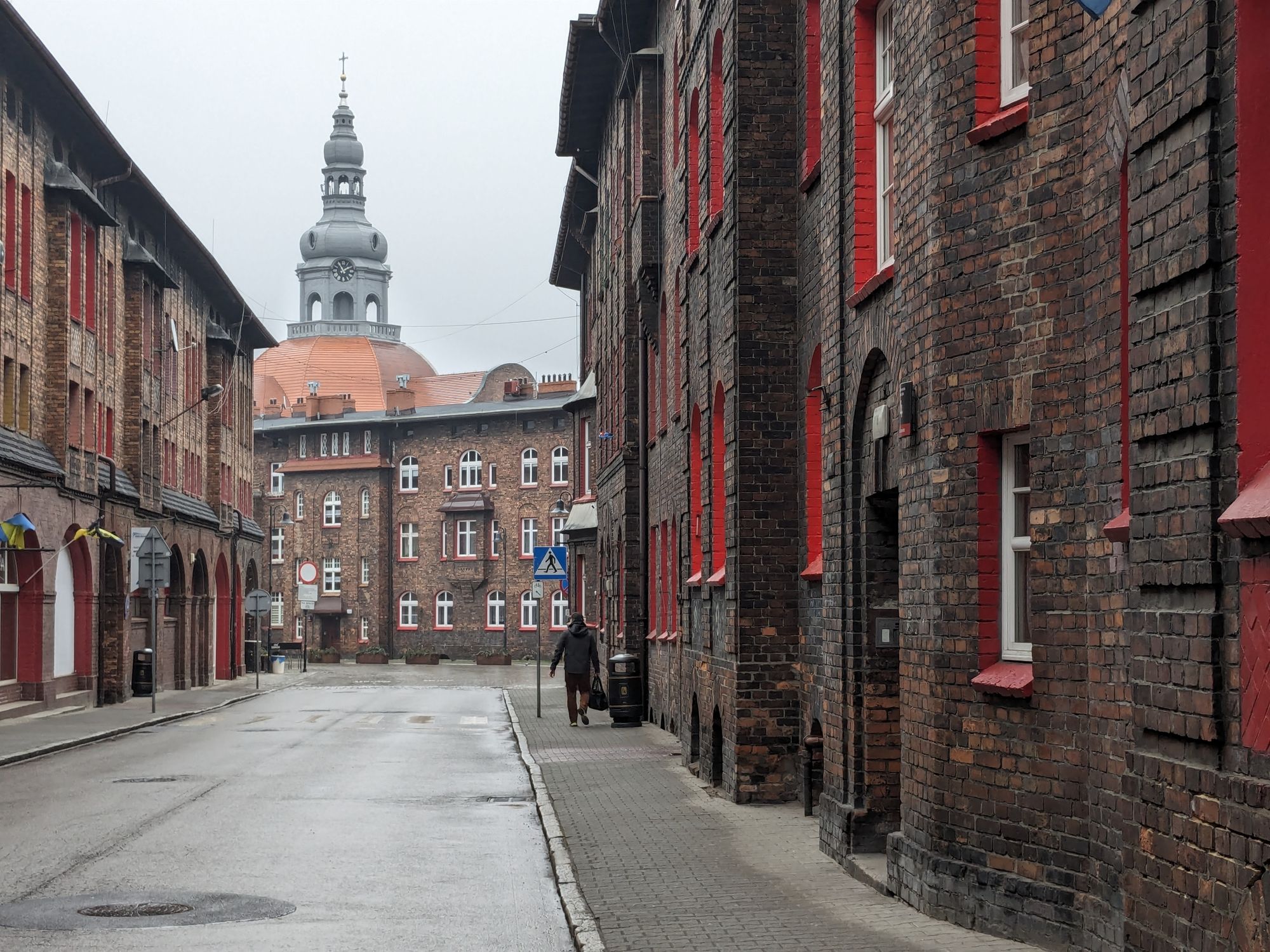
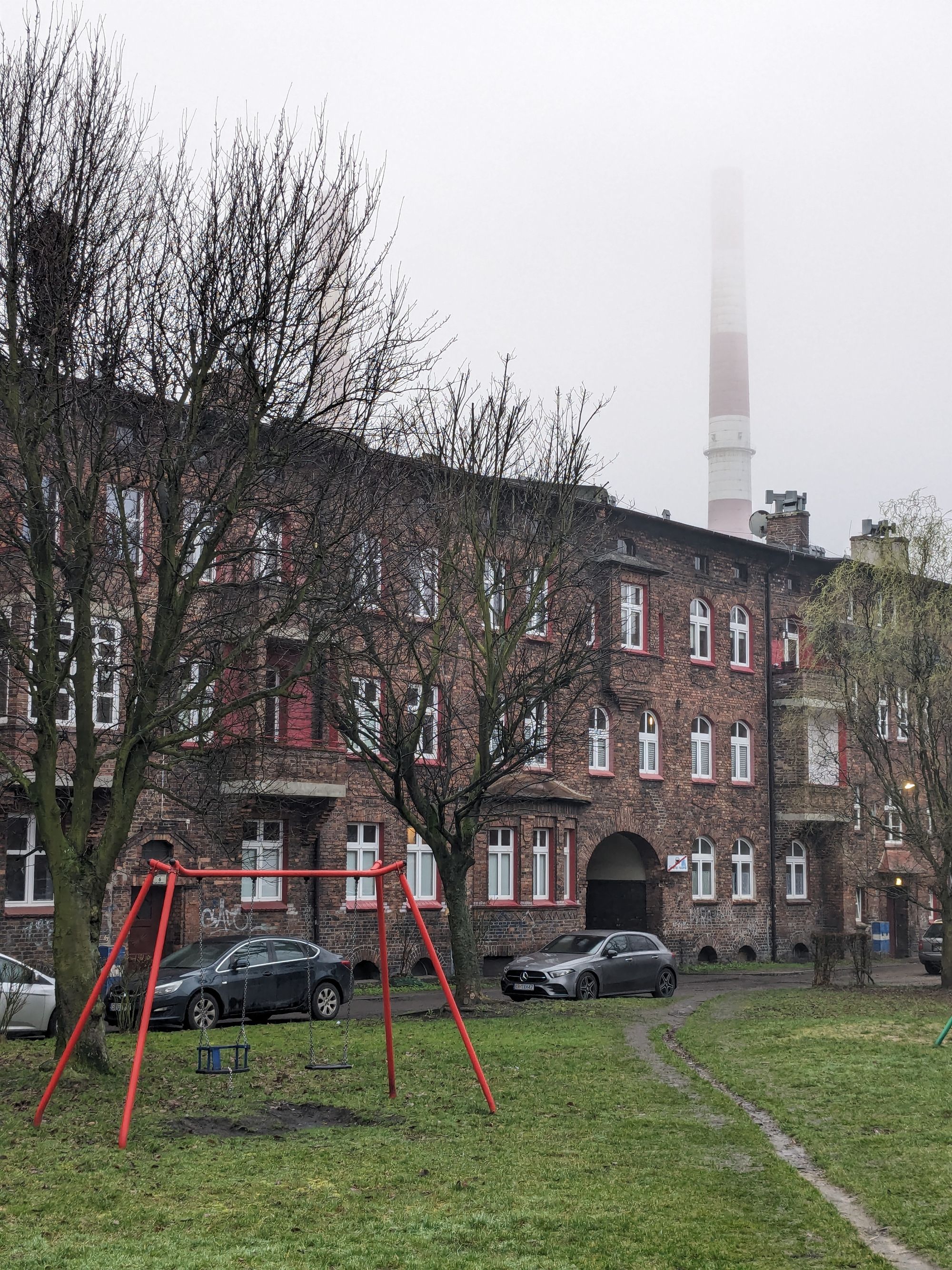
There is also a very decent restaurant in the area (Śląska Prohibicja), so it's best to time your visit with a lunch or a dinner.
The 'Wieliczka' salt mine
This is not in Katowice, and you'll need to take a train to Krakow and then to Wieliczka (about 1h30m in total one way), but it's still unique enough to justify spending most of the day there (3 hours round journey, 2-3 hours for the tour itself, waiting in between and a lunch)
It's an old salt mine that is now a tourist attraction, where you descend 160m underground and walk though spectacular halls carved out in salt (you can lick you finger and touch the wall, then lick it again to prove it).
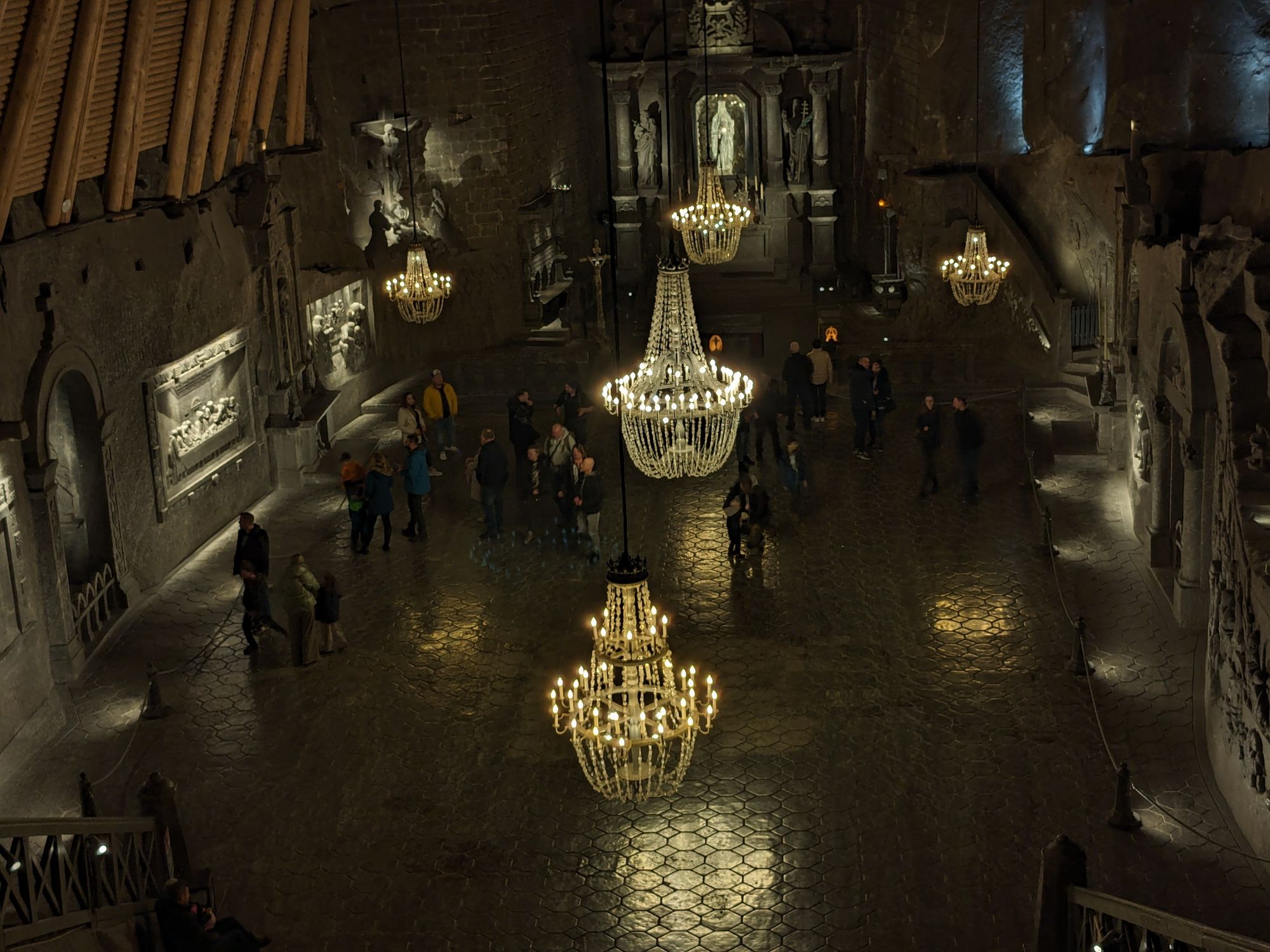
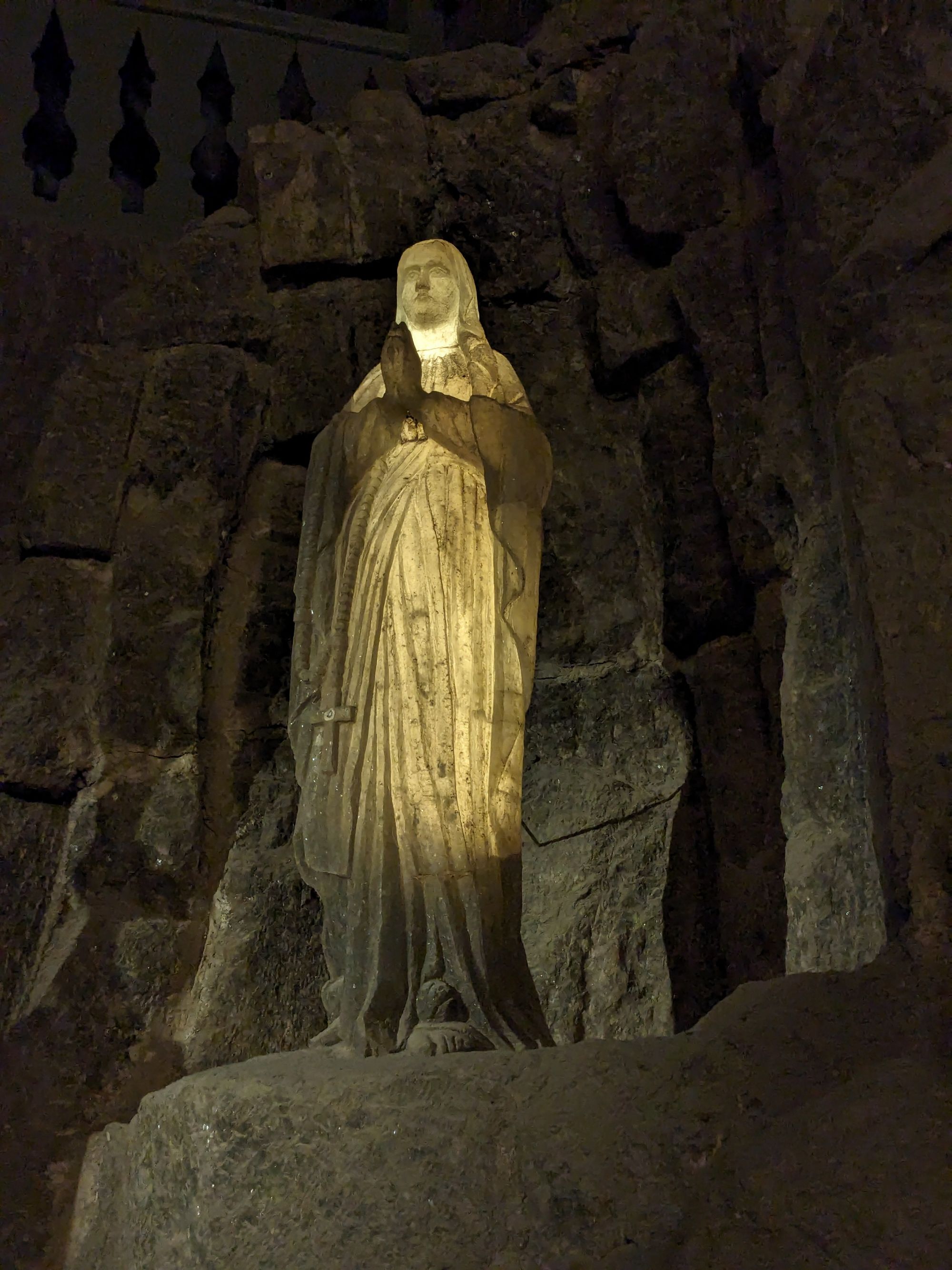
You can buy tickets online (be careful to choose the tour with an English speaking guide), and one of the easiest way to book train tickets is with Koleo app (Trainline app popular in Britain was supposed to work there in theory, but my experience with it was bad).
Silesian Museum
Also a former mine, but this time in a walking distance from the city centre, this is perhaps the main museum that offers both art and history collections:
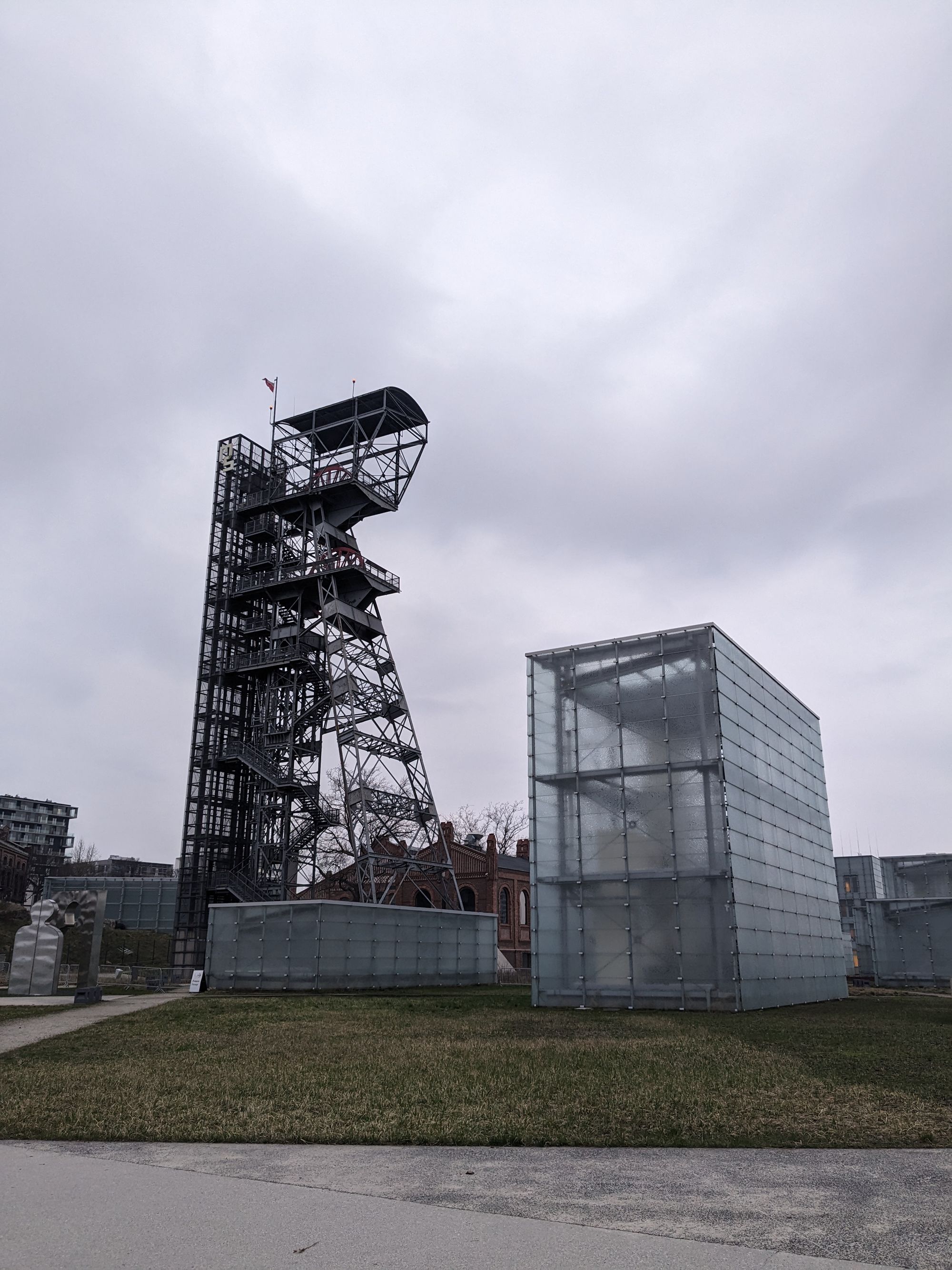
A lot of older art pieces were first stolen by the Germans and then by the Soviets in the 20th century, but the remaining exhibition is still not completely bland:
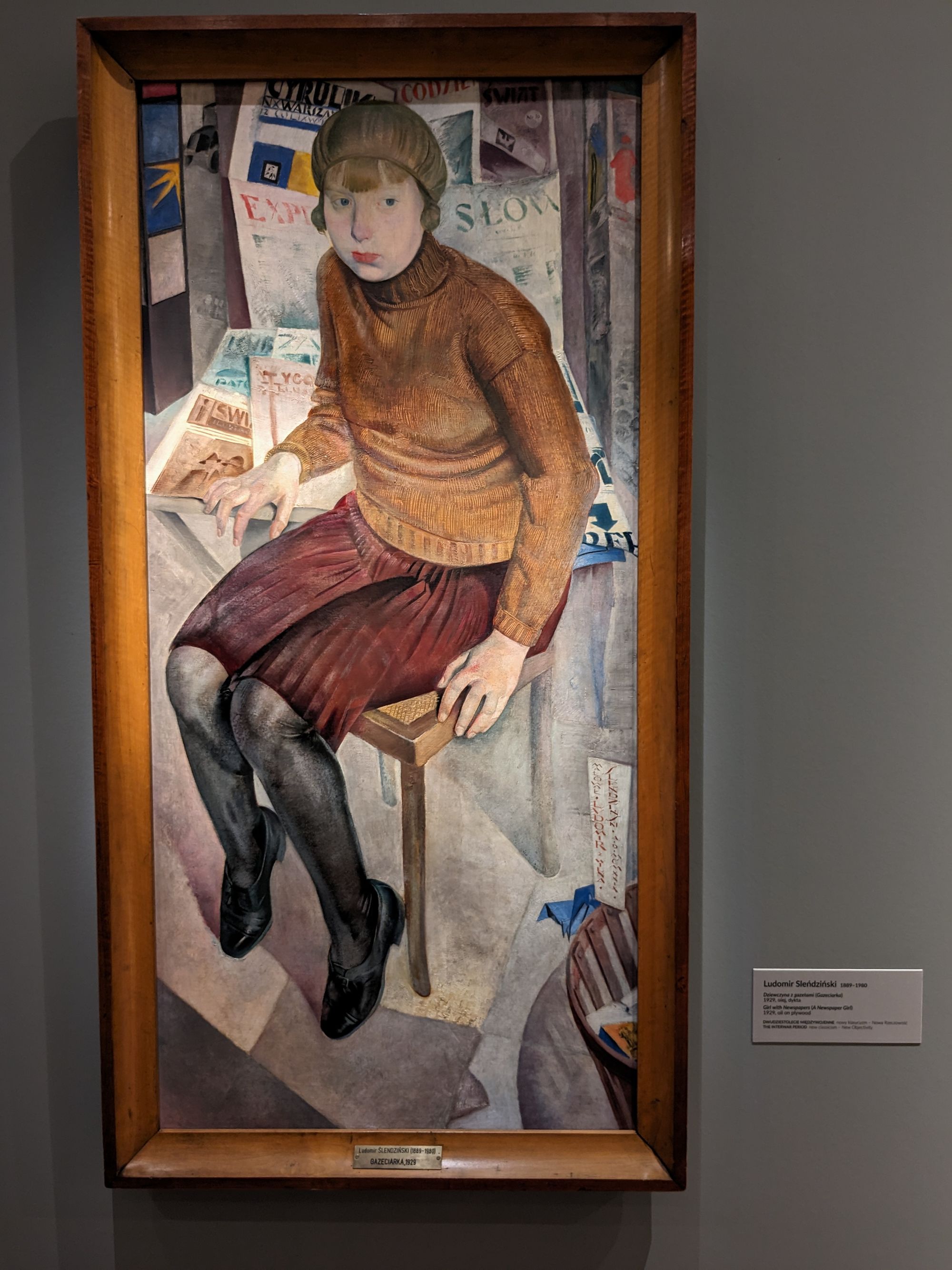
Historical exhibitions are designed to a high standard, with thoughtful lighting, ambient noise and cleverly arranged space:
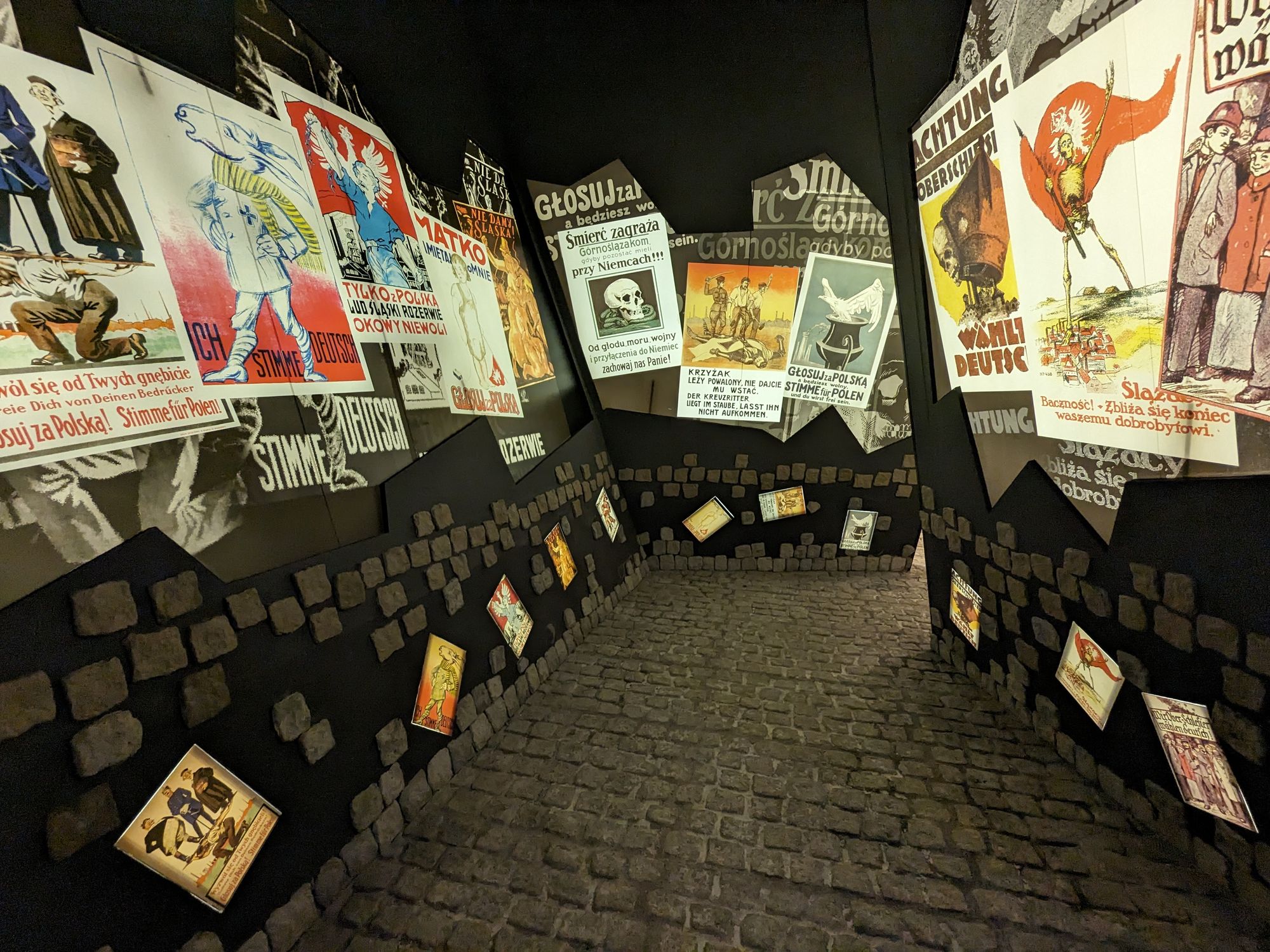
Restaurants
Certainly go for Polish food - you can eat Italian, Thai and Japanese elsewhere. Prices are low in comparison with the UK (what would cost £50 in London costs £20-£25 there), portions are big. Vegetarians and pescetarians like myself can still find themselves a nice Polish meal without looking for too long.
If you drink, certainly try different Polish vodkas.
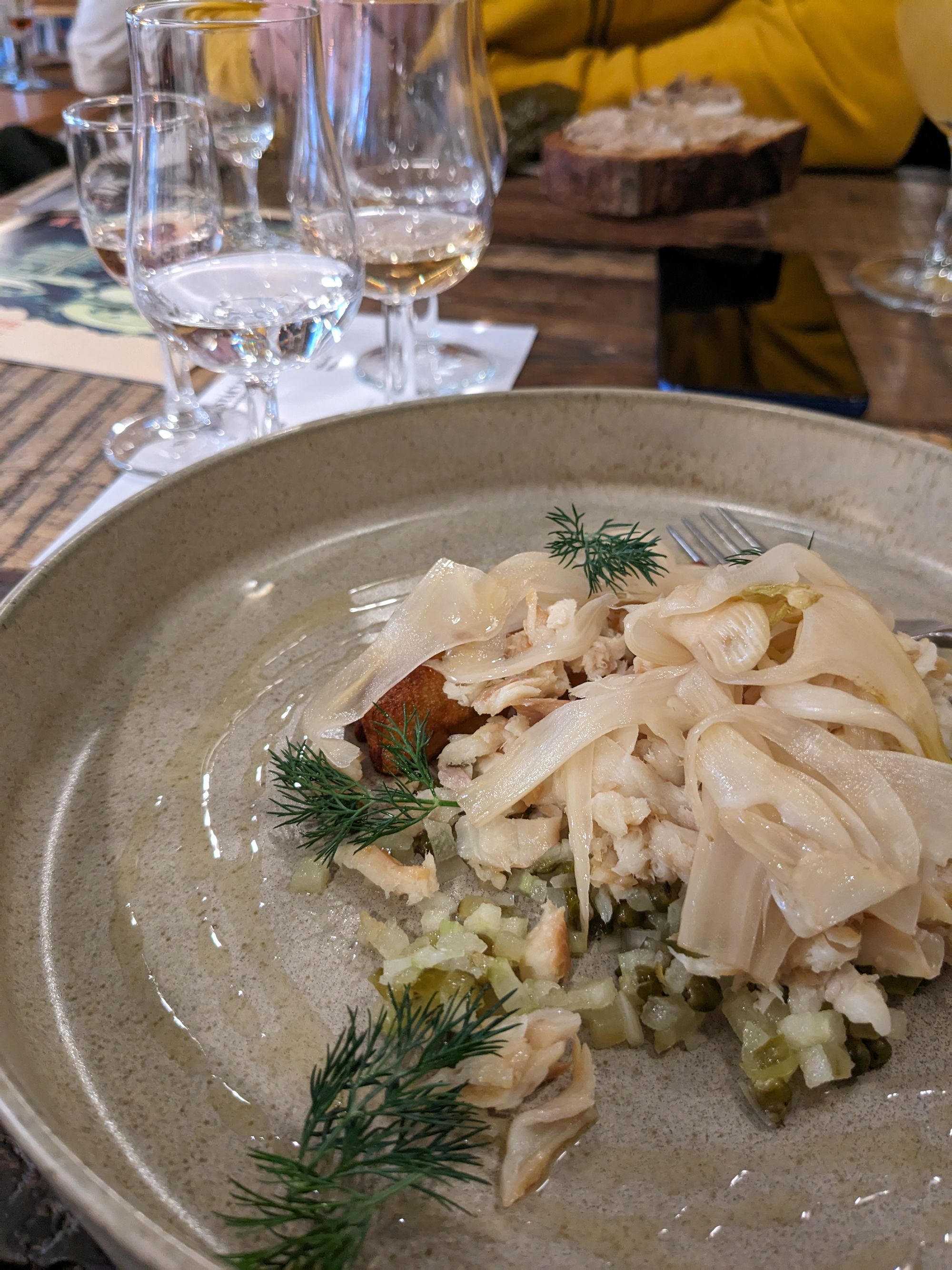
Nightlife
There are a lot of bars and pubs (Mariacka Street and around) that are fairly good. Beer is mostly bottled or craft which I usually avoid because it tends to be very hoppy making one brand indistinguishable from another, but it isn't bad there, so you can go for it. You'd probably still feel like there is broadly just 'fruity craft beer' and 'hoppy craft beer', but it's very drinkable.
More importantly, live music is good. Friends took us to Absurdalna for a jazz concert, and it was actually great, especially towards the end when it morphed into a jam session.
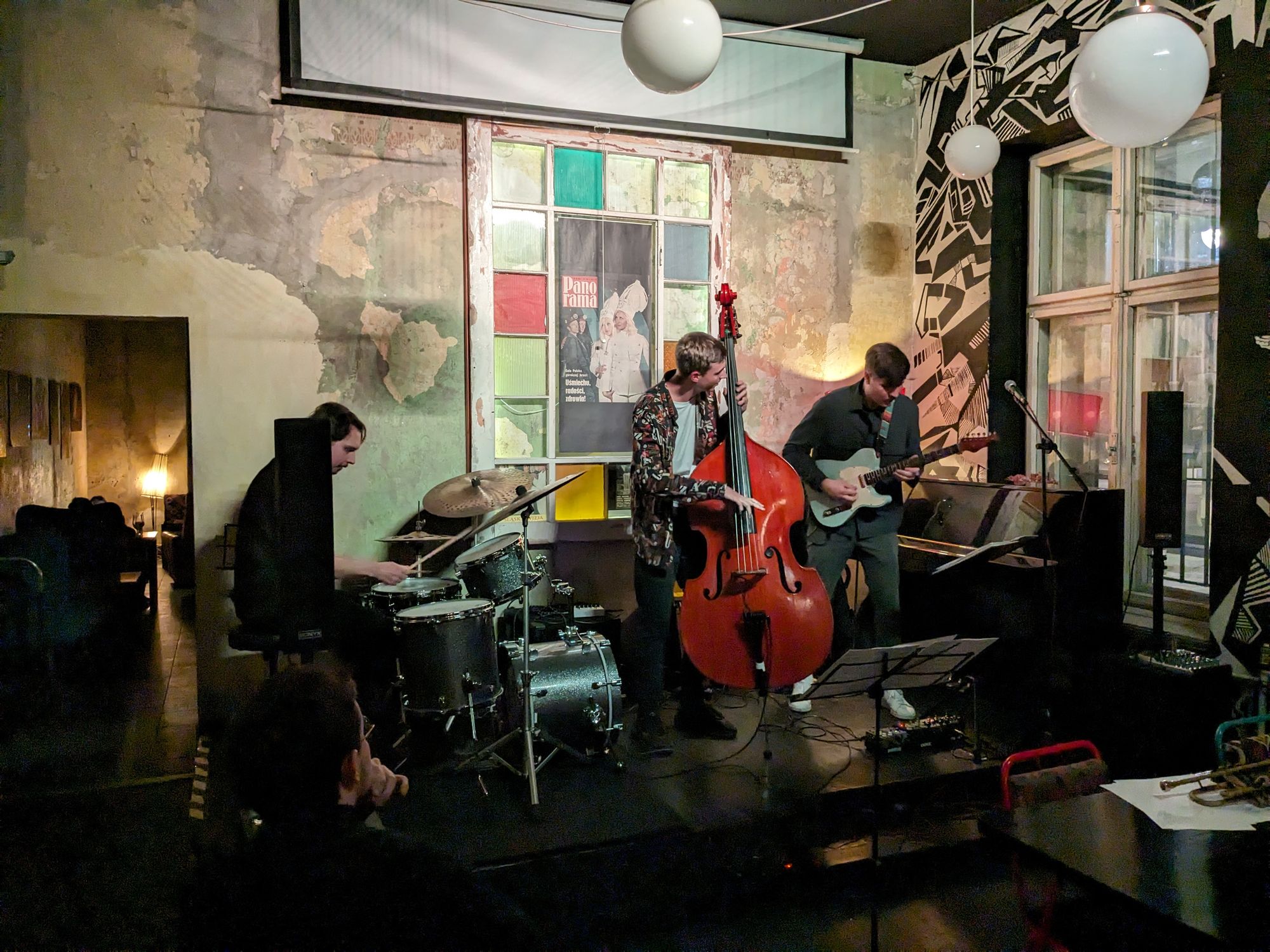
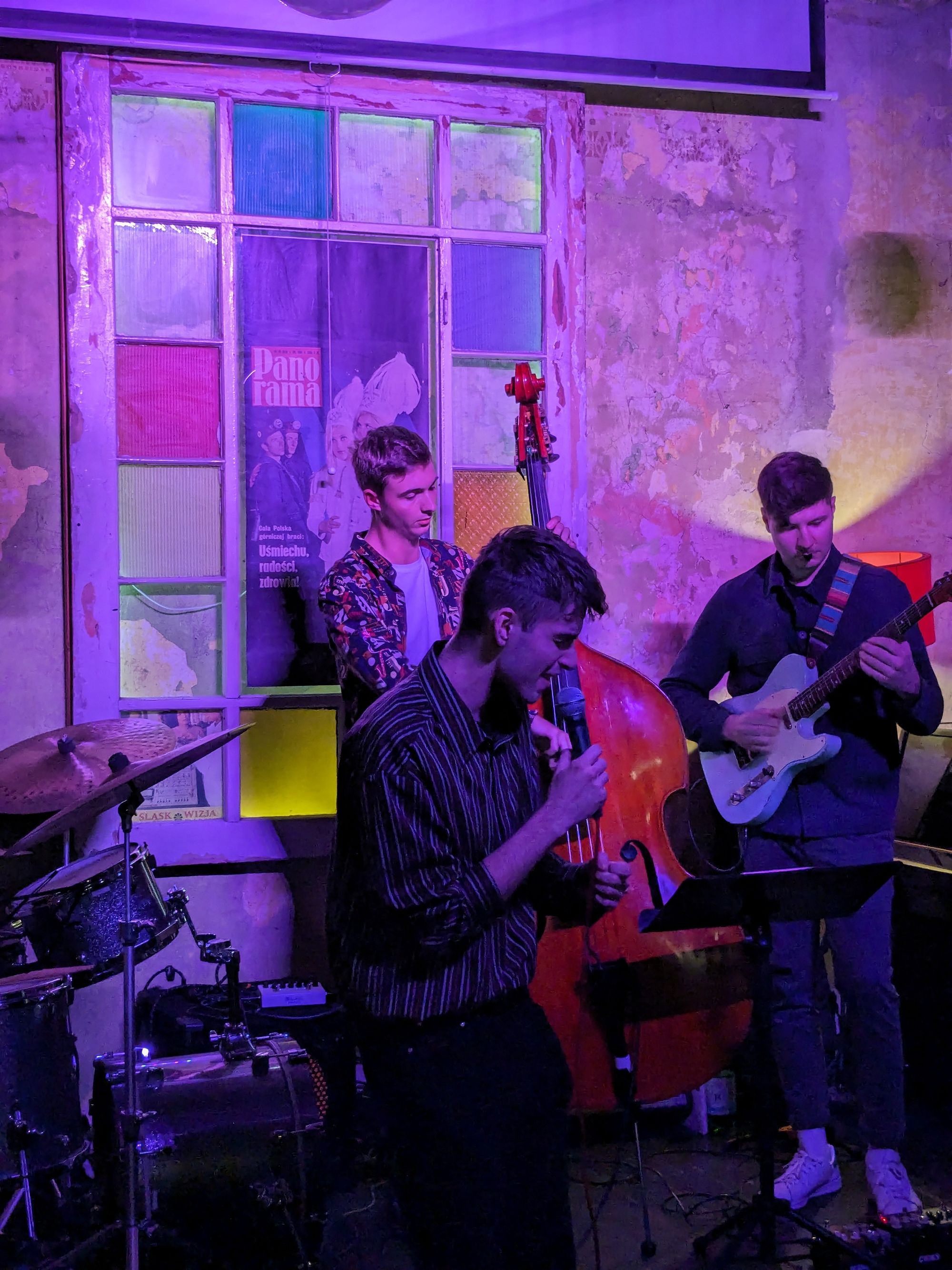
Coincidentally we went to a jazz concert in a London club a couple of days before that, and most musicians there were middle aged if not older. Katowice band members were very young - which is probably a meaningless anecdote, but it just added to the the same impression I got from using newbuilt infrastructure and looking at beautiful new buildings in the city. Good future can be created.
***
Conclusion? If you have a few days for an inexpensive city break, consider Katowice. It's great.
